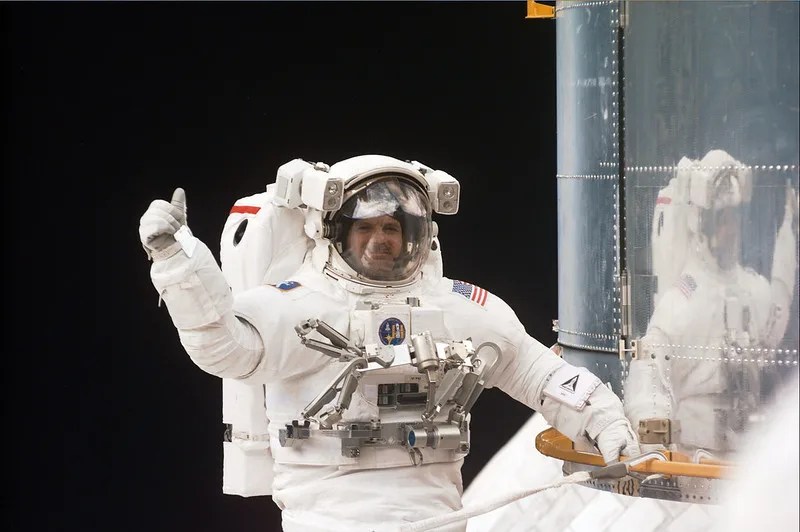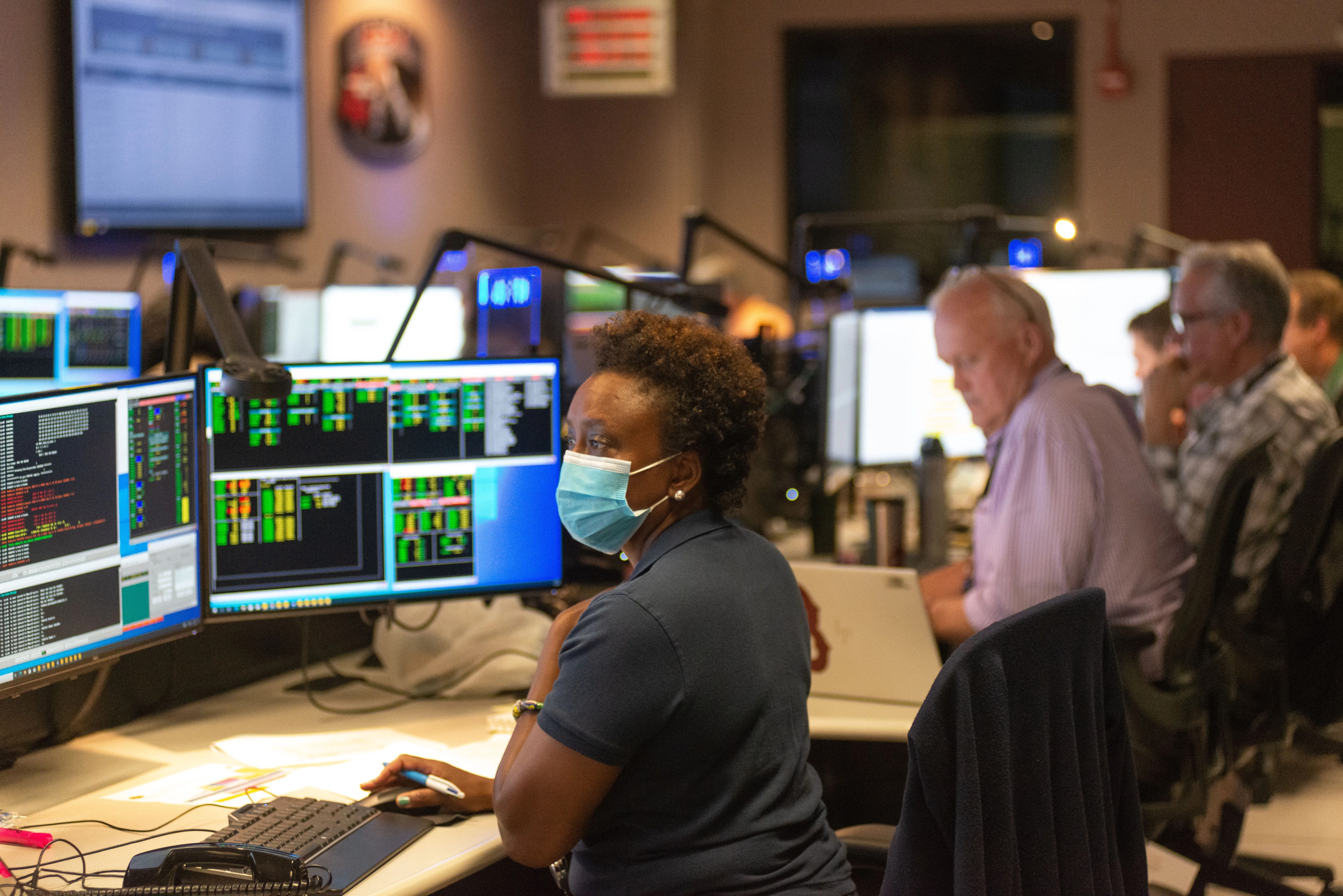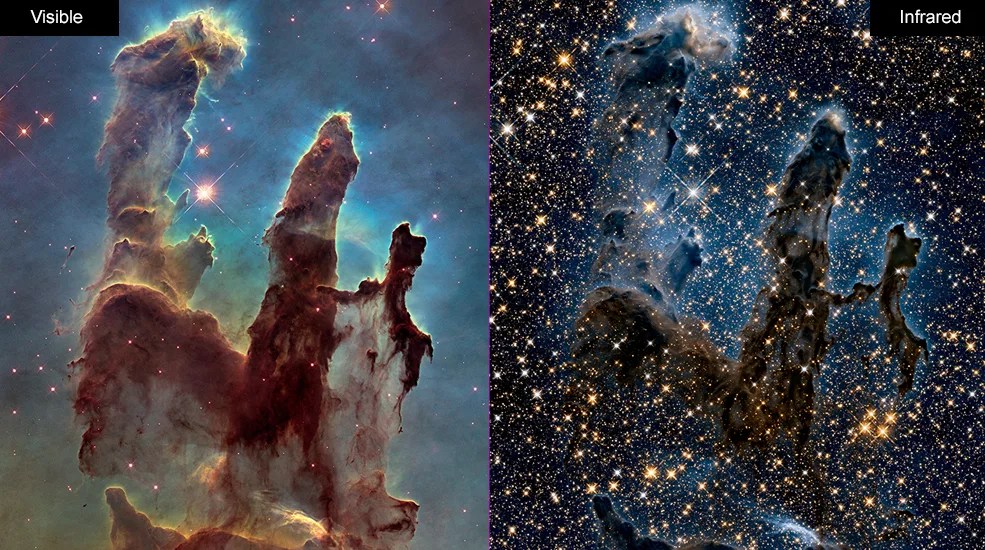Technology Benefits
Hubble's mission is to capture observations of the universe, but its technology has altered life on the ground in unique and unexpected ways.
Quick Facts
The Hubble Space Telescope was designed to be on the cutting edge of technology, a precisely designed instrument that would bring humanity new views of the cosmos through feats of engineering. As a result, a wealth of technological advances were born of both its creation and the periodic servicing missions that supplied it with new and powerful components.
Along the way, the technology used to help the Hubble mission continuously push the bounds of exploration and cosmic understanding found new uses in an array of earthly applications – from medicine to manufacturing and from wildlife conservation to winning Olympic gold.
Credit: NASA’s Goddard Space Flight Center/Katrina Jackson
Wildlife Conservation
Tracking Endangered Sharks
To track endangered whale sharks, marine biologists photograph patterns of white spots on a shark’s skin, which are as unique to whale sharks as fingerprints are to humans.
But examining and matching the photographs by eye is tedious and time consuming. So a software programmer teamed up with a NASA astronomer to take a star-matching algorithm developed for Hubble and modified it to recognize the spots on individual whale sharks. This has helped observers across the globe catalog over 43,000 encounters with more than 8,800 different whale sharks over two decades. Researchers have adapted this algorithm to track other types of endangered sharks and giant sea bass that also have distinctive spot patterns on their skin.
Learn More: Star-Mapping Tools Enable Tracking of Endangered Animals
Archaeology
Reading the Dead Sea Scrolls
Technology developed for Hubble and the Galileo space probe’s charge coupled devices (CCDs), which capture the telescope's digital images, has also been used to help read deteriorated sections of the 2,000-year-old Dead Sea Scrolls.
To the naked eye, some of the black ink on the scroll fragments could not be distinguished from the age-darkened parchment. However, CCDs equipped with a tunable filter could image the fragments in longer, infrared wavelengths that increased the contrast between the ink and the parchment. Computer image-enhancement techniques revealed previously illegible text, including a string of Hebrew letters that translate into “He wrote the words of Noah.”
Learn More: Dead Sea Scrolls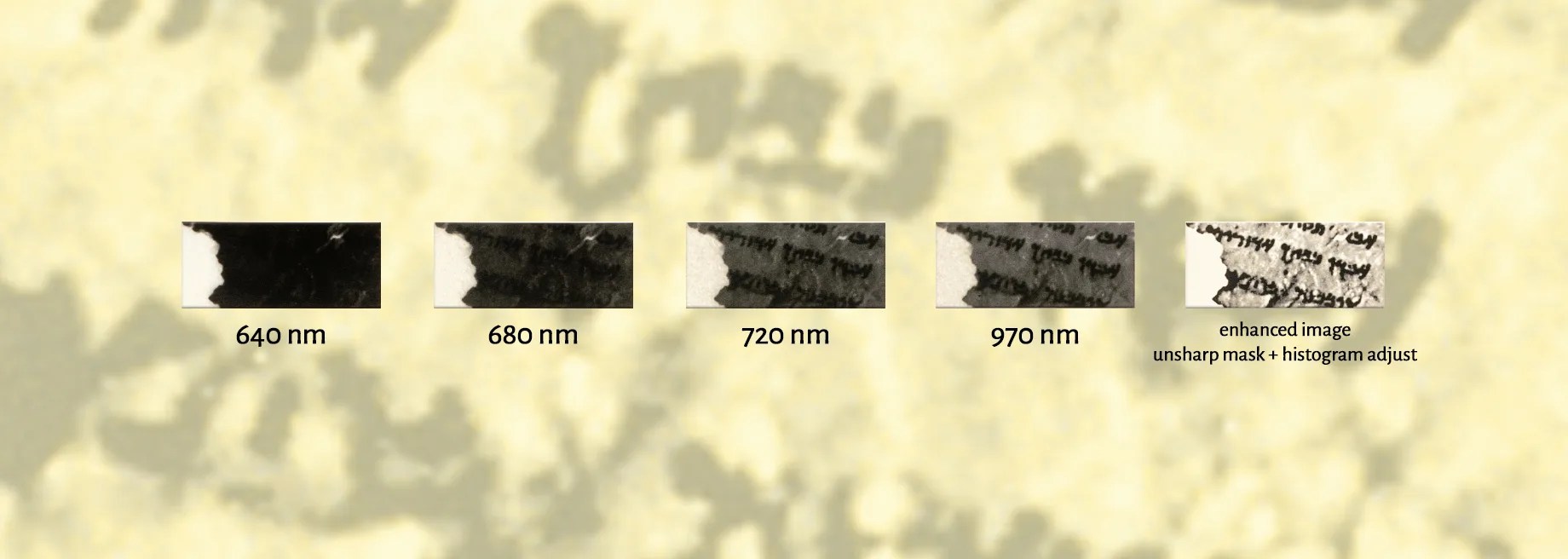
Healthcare
Less Painful Biopsies and Faster Treatment
To investigate the universe’s mysteries, Hubble must have highly sensitive charge coupled devices (CCDs), which convert light into digital images.
To investigate the universe’s mysteries, Hubble must have highly sensitive charge coupled devices (CCDs), which convert light into digital images. Hubble’s advanced CCD technology has also helped a digital mammography biopsy system image breast tissue more clearly and efficiently than before. It allows doctors to locate and take detailed X-ray images of suspicious tissue, then guide a needle to retrieve a sample. This procedure requires local rather than general anesthesia, and a needle instead of a scalpel, saving patients time, pain, scarring, radiation exposure and money.
Furthermore, astronomical image processing techniques used to sharpen Hubble’s early images have also proven effective in identifying microcalcifications in mammograms (such as those seen in the accompanying image), which are indicative of breast cancer. When applied to mammograms, software techniques developed to increase the dynamic range and spatial resolution of Hubble’s initially blurry images allowed doctors to spot smaller calcifications than they could before, leading to earlier detection and treatment. The sooner the cancer is found and treated, the better the chances are that a patient will make a full recovery and preserve her quality of life.
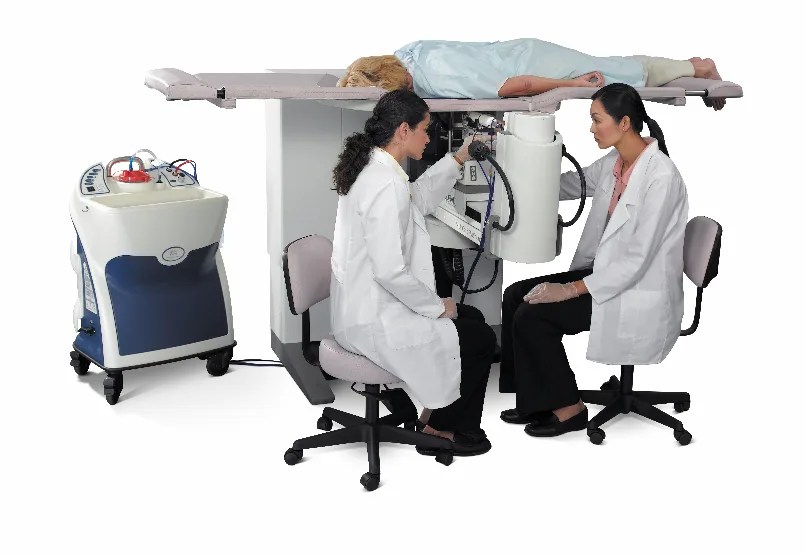
History
Helping Preserve Historic Documents
Although the U.S. Constitution, the Declaration of Independence, and the Bill of Rights are protected in argon-filled glass casings, they can still suffer damage from light, vibration and humidity, and their ink may fade, flake or wear off.
The Charters of Freedom Monitoring System was designed to scan these documents using detector technology developed for Hubble. The system revealed degradation invisible to the human eye, allowing conservators to act early to halt the deterioration.
Learn More: Document Monitor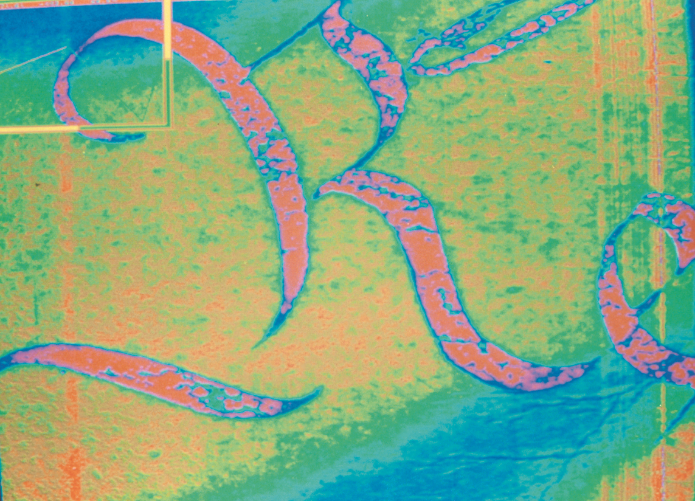
Sports
Polishing Tool Helps Win Olympic Gold
At the Salt Lake City Winter Olympics in 2002, U.S. speed skater Chris Witty won gold and set a new world record in the 1,000-meter race.
The blades on Witty’s skates had been polished with a new tool created, with help from NASA, to reduce friction and provide a smoother glide. The tool’s development was inspired by mirror-polishing techniques used to produce high-quality optics for Hubble and other NASA observatories. Speed skates polished with this instrument showed a distinct improvement over conventionally treated skates.
Learn More: A Gold Medal Finish
Genetics
Data Processing for the Human Genome
Software originally designed to process Hubble’s vast troves of astronomical data was adapted by a private company to manage the bioinformatics data produced by its human genome sequencing projects.
The Operational Pipeline Unified Systems (OPUS) software was created to transform Hubble’s raw data into files that astronomers around the world could use. The genomic company modified the software to similarly process its bioinformatics data in order to make it suitable for researchers, reducing the time and resources needed to develop their own software in house.
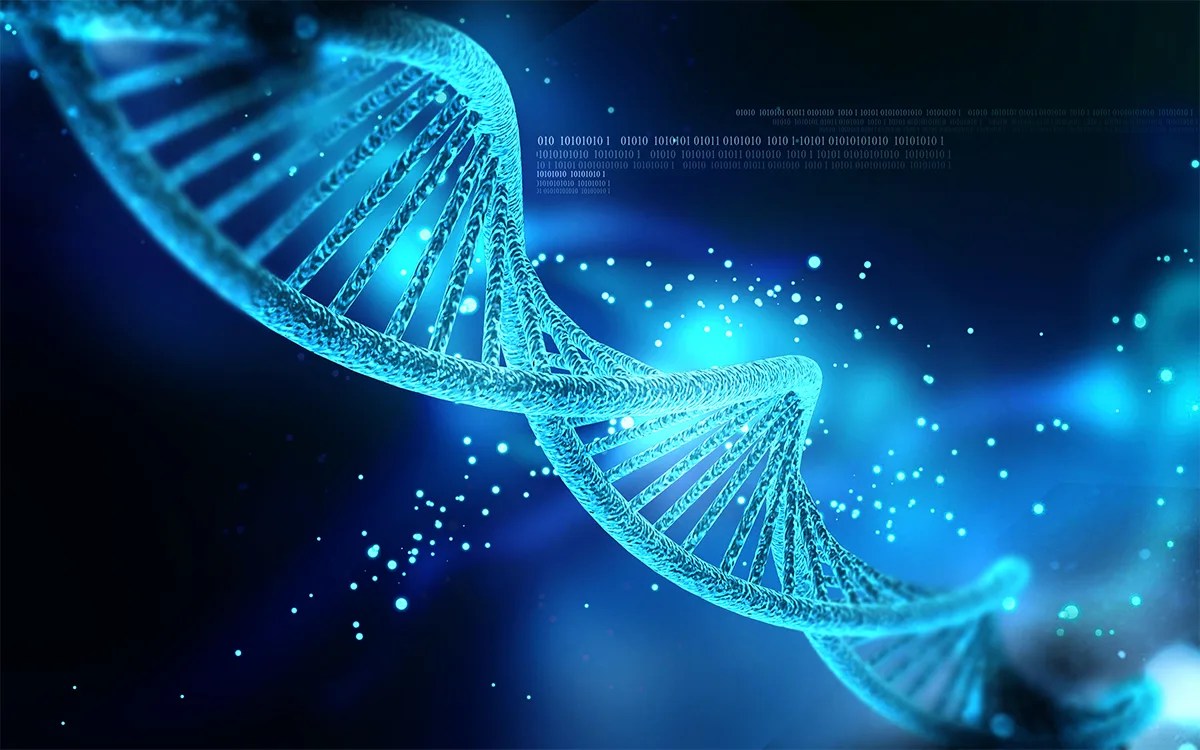
Healthcare
Seeing Inside the Human Body
Cutting-edge technology used to enhance Hubble’s images have been helping doctors obtain better diagnoses during arthroscopic surgery (the visual examination and treatment of a joint such as the knee or shoulder).
Image-processing algorithms from NASA were applied to improve views transmitted from a micro-endoscope, a tool that enables surgeons to see what is happening inside the body in real time. The micro-endoscope requires only local anesthesia and allows the patient to be alert during a procedure. Obtaining clear images from a micro-endoscope eliminates the need for a more invasive procedure that could add time, cost, and discomfort for the patient.
Learn More: A Look From the Inside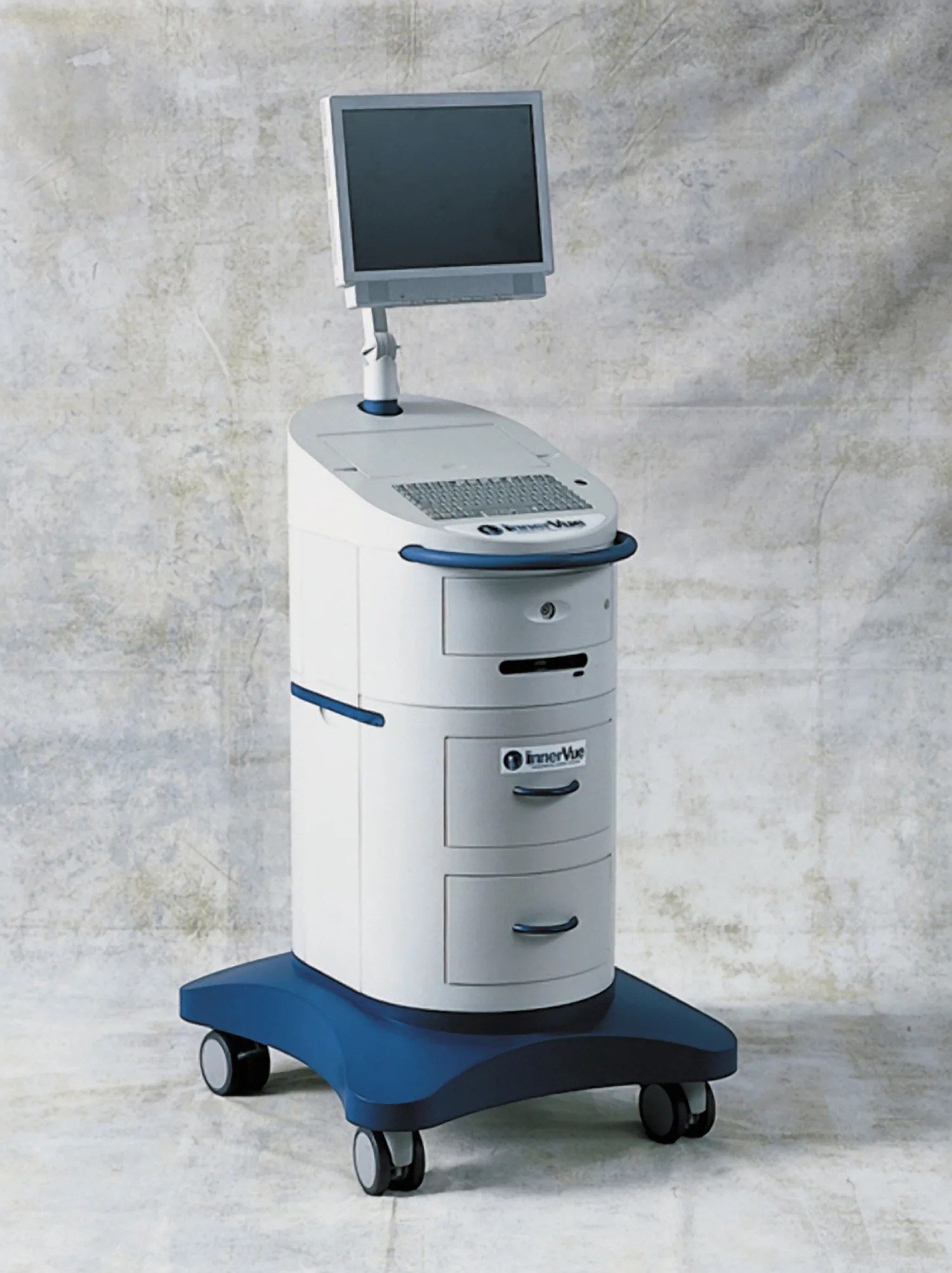
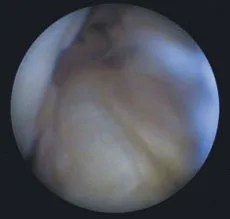
Semiconductors
Mirror Technology Improves Computer Chips
The ultraprecise mirror technology designed to improve Hubble’s blurred vision after launch has led to advancements in semiconductor manufacturing.
Techniques used to craft coin-sized corrective mirrors for Hubble, and later to test optics for two of the observatory’s science instruments, have been applied to the manufacturing of optics for microlithography – a method used for printing tiny electronic circuitry, such as in computer chips. The system employs molecular films that absorb and scatter incoming light, enabling superior precision and, consequently, higher productivity and better performance. This technological advance has helped semiconductors become smaller, denser and faster.
Learn More: Ultra-Precision Optics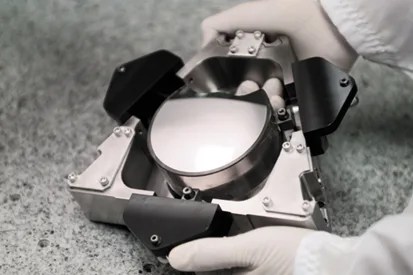
Home Improvement
Matching Paint Colors and Improving Optics
To unlock new cosmic secrets, Hubble’s cameras required sophisticated filters that pushed the manufacturing process for filters beyond what had been achieved or even attempted before.
One challenging requirement to put four filters on a single Hubble optic was met by applying multiple color coatings on a single substrate. This solution was later used to develop a paint-matching device for hardware stores. Other requirements for Hubble’s filters – such as filtering for very narrow wavelength ranges, covering the entire optic, and functioning at very low temperatures – led to advances later used in high-end, precision optics for consumer electronics such as cell phones, laptops and tablets.
Learn More: Optical Filters for NASA Imagers Focus on Cutting Edge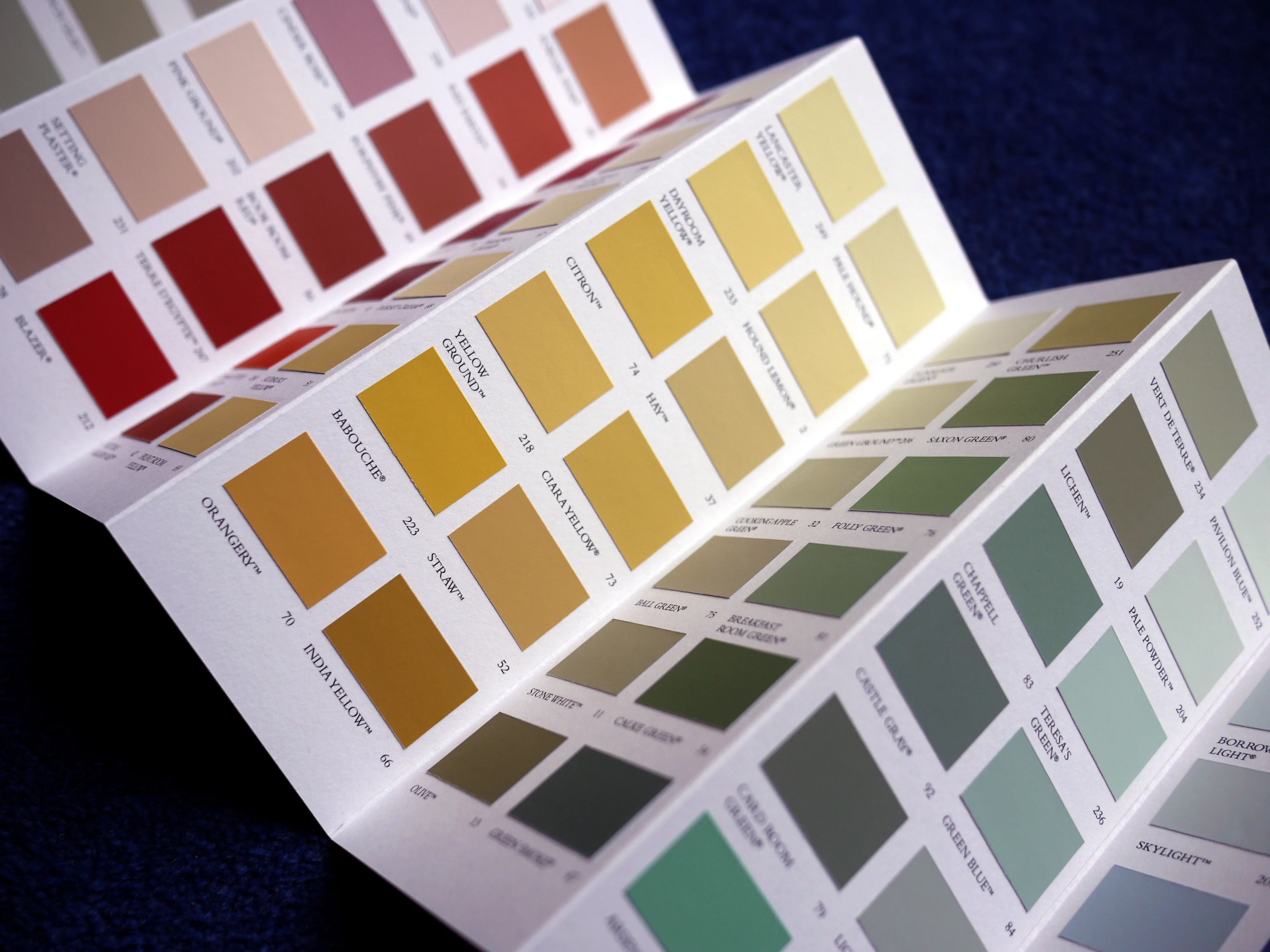
Service
Easier Package and Grocery Scanning
Before the first Hubble servicing mission, a Massachusetts company built a laser tool to verify that the corrective optics being sent to Hubble would fix the telescope’s blurry vision.
This laser tool is now being used by all major shipping companies to quickly and accurately create 3D images of packages, determining a package’s dimensions without having to measure the package manually. The tool was also adopted by grocery stores to develop laser scanners that better and more quickly identify products, assisting customers in self-checkout aisles.
Learn More: Laser Vision Helps Hubble, Package Shippers See Clearly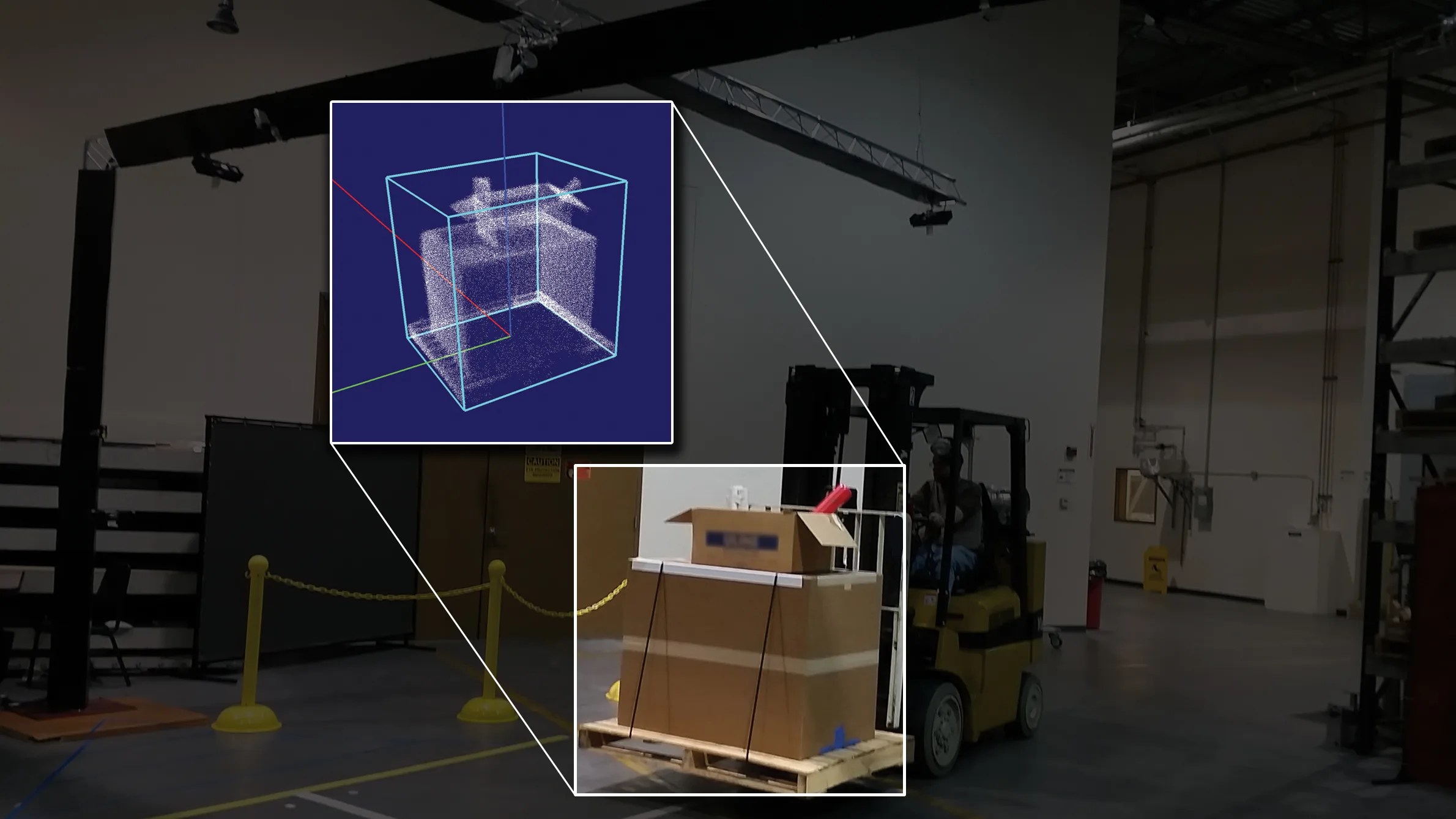
Healthcare
Precise Scheduling for Hospitals and Manufacturing
Scheduling software developed to manage Hubble’s sequence of observations, which involves time-consuming and often-conflicting tasks, was adapted to create software that optimizes ever-changing hospital schedules.
The software automates rescheduling requests by allocating resources in real time for medical imaging procedures, increasing procedure volume along with reducing backlogs and staff overtime. The software can also display live updates on monitors in high-traffic areas, allowing staff to track patient status and procedures quickly. The semiconductor industry has also modified Hubble’s scheduling software to handle changes in customer demand and to streamline production.
Learn More: Hubble Systems Optimize Busy Hospital Schedules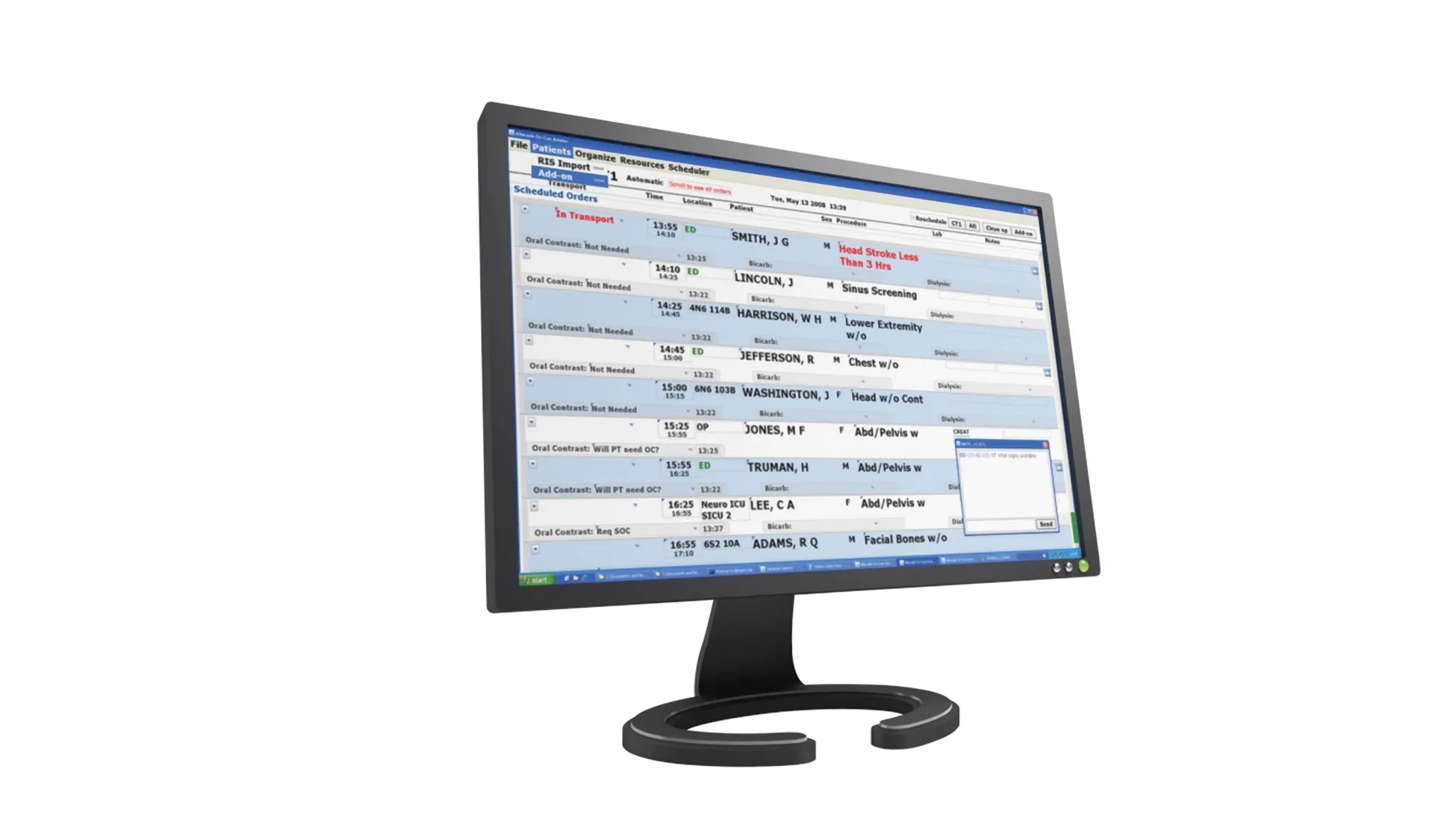
Amateur Astronomy
Hubble Database Guides Telescopes on the Ground
A database of 19 million astronomical objects compiled for Hubble was incorporated into astronomy software that let amateur and professional astronomers quickly plot Hubble data in an electronic sky map.
The software also helped observers operate ground-based telescopes remotely via the Internet, which opened up observing opportunities for both professional astronomers and students. Using this software, the NASA-funded Telescopes in Education program allowed students around the world to observe objects in Hubble’s astronomical database using a 24-inch telescope at the Mount Wilson Observatory in California.
Learn More: Astronomy Software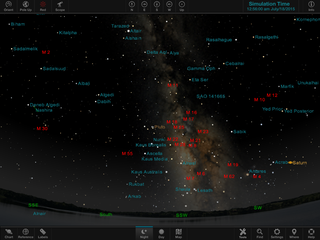
Electronics
Hardy Sensors for Harsh Environments
Reliable, long-lived electrical current sensors produced for Hubble have found plenty of uses in the field on Earth.
Power management is critical to all spacecraft, which rely on limited, closely monitored and controlled resources while in orbit. Hubble uses energy collected by its solar panels and stored in batteries to run critical items such as instruments, computers, and transmitters, and changes in any component’s performance can affect operations. The telescope needed extremely rugged “current sensors” that could measure the flow of energy without using too much of it. Today, these types of custom sensors are being used in aircraft, rail, industrial and defense products. Their ability to withstand harsh conditions and intense vibrations have attracted customers ranging from helicopter makers to mining companies.
Learn More: Shuttle, Hubble Work Lead to Strength in Custom Current Sensors




